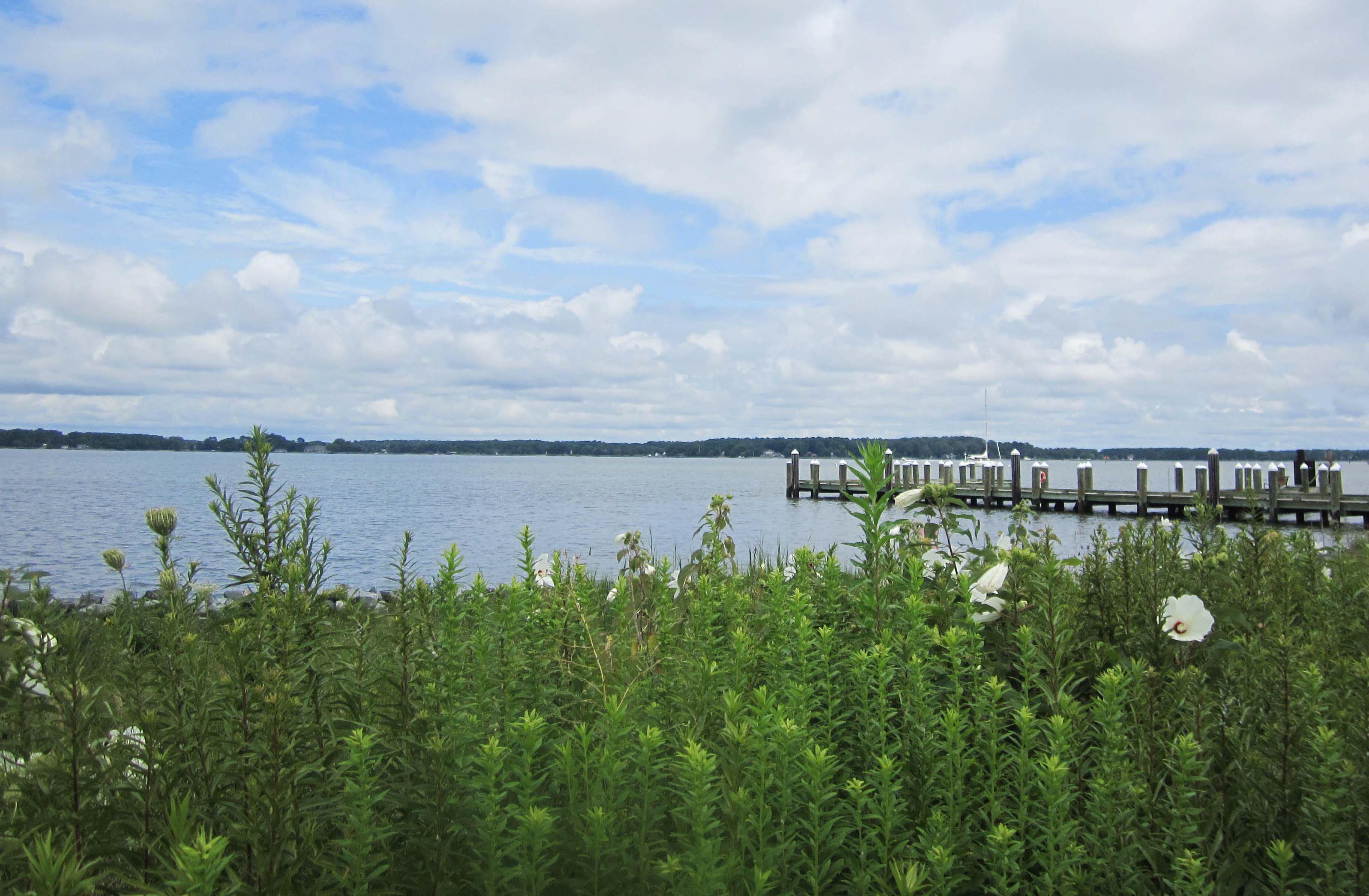Chesapeake Bay Watershed Implementation Strategies
Main_Content

The U.S. Environmental Protection Agency (EPA) has set limits on the amount of nutrients and sediments entering the Chesapeake Bay. These pollution thresholds, called the Total Maximum Daily Load (TMDL) represent the maximum amount of pollution that the Bay can accept and
still meet water quality standards. The six Bay states and the District of Columbia are required
to follow approved Watershed Implementation Plans (WIPs) outlining specific actions and strategies they will take to achieve these pollution limits by 2025.
The department works with soil conservation districts to develop the agricultural component of Maryland’s Watershed Implementation Plan which will serve as a roadmap for achieving water quality goals. The department also regulates lawn care professionals responsible for fertilizing
turf and lawns. This helps local governments meet urban nutrient reduction goals.
Chesapeake Bay Watershed Implementation Plan (WIP) Strategies